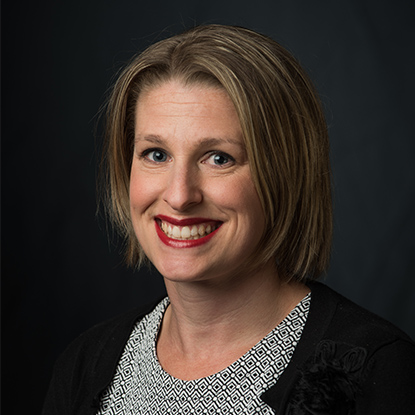I‚Äôve always loved reading. Most of my childhood photos feature a little girl asleep with a book on her face and a cat curled up by her side (or on her head). I grew up in a family that held ‚Äúread-ins‚Äù just as frequently as game-nights. From an early age, I was exposed to the world of fantastic possibilities found in the pages of a good book. An athletic scholarship eventually took me from my hometown of Lewiston, Idaho to undergraduate study in South Carolina. While much of my undergraduate life was defined by my softball career at Coastal Carolina University, books and book culture was never far off. Our athletic mascot was the Chanticleer, the clever rooster from Chaucer‚Äôs ‚ÄúThe Nun‚Äôs Priest‚Äôs Tale‚Äù in The Canterbury Tales. I took great joy in explaining Chanticleer‚Äôs story to the uninitiated. During my time at Coastal, I double majored in English and History, but most importantly discovered John Donne‚Äôs metaphysical poetry, and my abiding interest in Renaissance and Early Modern Literature was born. I studied seventeenth-century sermons and sermon culture in my Master‚Äôs program at Washington State University and then representations of gender, class, and disability in early modern devotional writing during my doctoral studies at University of Massachusetts Amherst. Having bounced around the country a fair amount, I was happy to return to the Pacific Northwest and join the English Department at –”∞…‘≠¥¥, an institution where my interests in religious writing and religious culture fit so seamlessly with –”∞…‘≠¥¥‚Äôs institutional heritage and Jesuit mission.
In addition to my classes in English and Women‚Äôs & Gender Studies at –”∞…‘≠¥¥, I‚Äôm also the Director of the College of Arts & Sciences‚Äô Digital Humanities Initiative. This means when I‚Äôm not thinking about books, I‚Äôm thinking about the ways digital culture shapes our lives, our interactions with each other, and also the way Humanities-based research and teaching can incorporate digital tools to more fully explore the human condition.
Currently, I am working on a book project called Prosthetizing the Soul: Materializing the Word in Seventeenth-Century Devotion, which expands on my dissertation to examine the interplay between the self, gender, and the experience of embodiment in the devotional texts and contexts of seventeenth-century England. Through my focus on the body of the text and also the ways in which bodies are represented within devotional texts composed for public consumption, I posit a new way of looking at early modern devotional writing: as prosthetics. The term prosthesis is most often associated with a medical appendage supplementing a bodily lack, but my project takes seriously the animating capacity of incarnational and sacramental language as I demonstrate the ways in which amplified register of highly affective somatic speech frequently employed in early modern devotional writing exhibits a “prosthetic impulse” that spans the gap between mind-body and subject-other relations, just as medical prostheses would by materializing and making known the spiritual abilities of authors who actively frame divine desire around bodies often in opposition to the normative cisgendered and ableist body so widely celebrated in religious discourses of the period. My book project thus demonstrates how early modern authors used the prosthetized text to transverse contemporary constructions of embodied states like disability and gender within socially acceptable frameworks.

